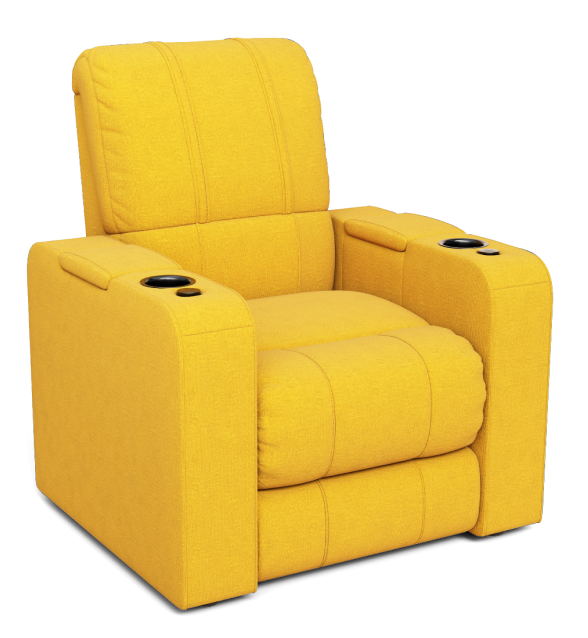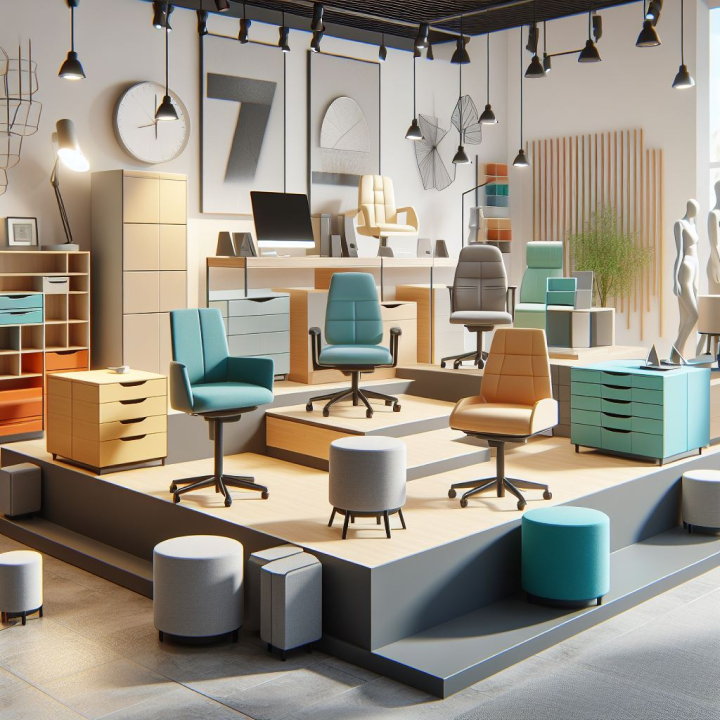The integration of 3D technologies in e-commerce has become an essential aspect of providing customers with an immersive and informative shopping experience. Studies have shown that the use of 3D technology in online retail can significantly increase sales and reduce returns, making it a crucial strategy for retailers to adopt. To keep up with this trend, retailers are investing in the development of efficient 3D pipelines to quickly implement 3D models into their platforms. This includes the use of optimization tools that enhance the performance of 3D models in Augmented Reality (AR) environments and 3D web viewers. A successful 3D strategy is not only a matter of incorporating 3D models but also understanding the importance of 3D optimization to enhance the customer experience. Companies of all sizes should consider this as a key aspect of their e-commerce strategy.
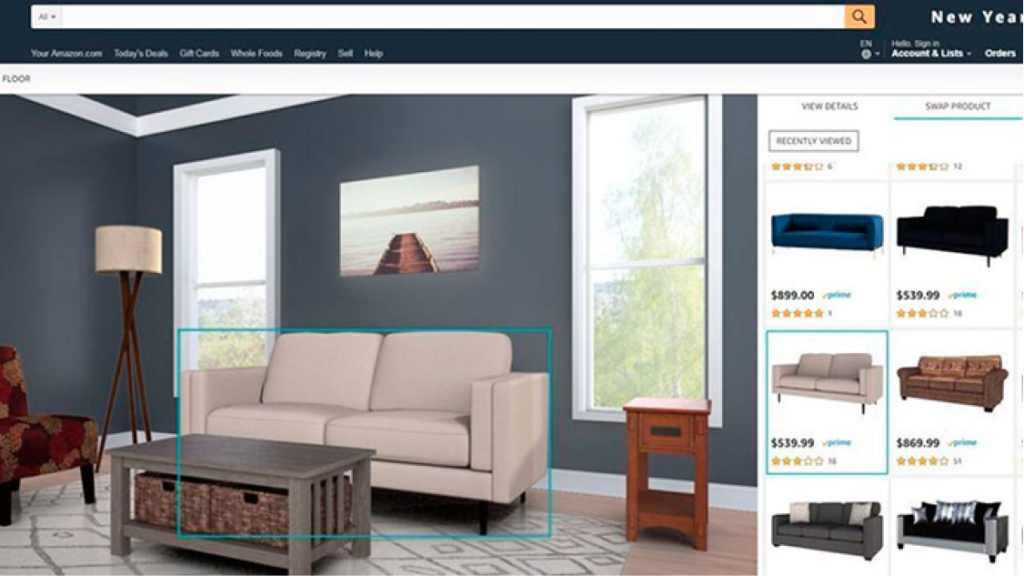
Your introduction to 3D Model optimization
3D Model optimization is a crucial step in the process of creating and utilizing 3D models in various applications such as e-commerce, gaming, and product visualization. It is defined as the act of reducing the file size of 3D models without compromising the integrity of the model’s visual quality. The file size of a 3D model is a combination of its geometry, which refers to the mesh or structure of the model consisting of polygons, and textures, which are the images used to give the model a realistic appearance. By optimizing these elements, the file size of the model can be significantly reduced, making it more manageable and efficient to use in various platforms.
Ensuring efficiency with 3D Model optimization
Optimizing a 3D model is a crucial step in ensuring its efficiency and performance in various applications such as e-commerce, gaming, and product visualization. The process of optimization consists of two main components: mesh decimation and texture compression.
Mesh Decimation: This aspect of 3D model optimization involves reducing the overall polygon count of a model by removing or combining polygons. This results in a reduction of the overall file size and a decrease in the GPU requirements for rendering the model.
Texture Optimization: This component of 3D model optimization involves two steps. The first step is resizing textures to adjust the image dimensions based on the amount of space they occupy. This can result in a reduction of file size and faster load times.
The second step is texture compression, which involves grouping similar colors together to use fewer colors overall. While this may lower the visual quality of the model, it is important to note that the level of compression can be adjusted to a level that is acceptable for the specific image. It’s also important to note that the level of compression that is acceptable may vary from image to image, thus it’s important to make the necessary adjustments based on the specific image.
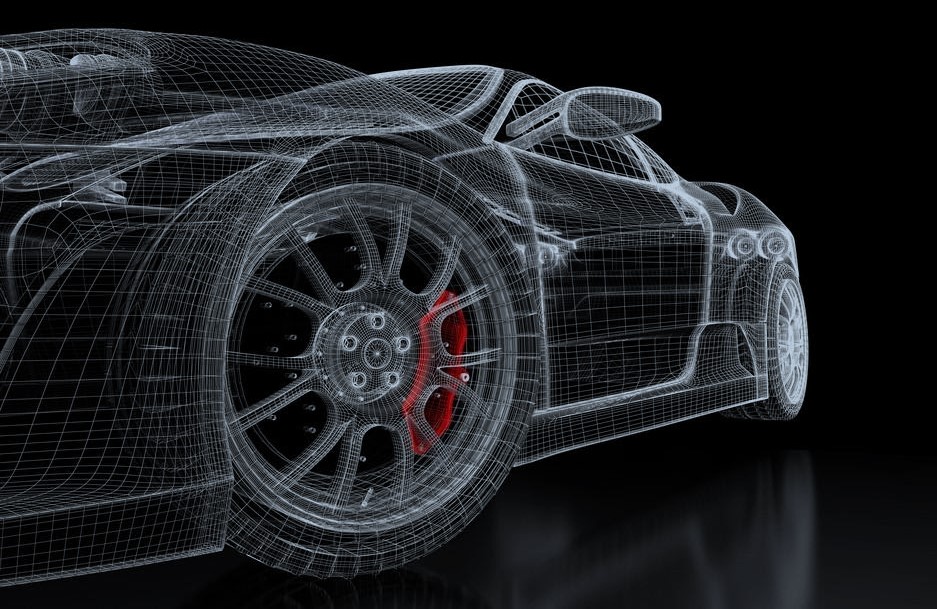
Optimize for Immersion: 3D Model Optimization for AR and web-based 3D experiences
The optimization of 3D models is of paramount importance for the successful implementation of AR and web-based 3D experiences. Due to the limited processing power of mobile devices and AR headsets, large and unoptimized 3D models are not suitable for these platforms. As AR technology plays a significant role in providing customers with a better understanding of products, the use of optimized and visually compelling 3D models is essential for online sales.
Furthermore, the speed at which images and 3D models load on e-commerce websites can have a significant impact on revenue. Studies have shown that even a few milliseconds of delay in load times can result in millions of dollars in lost sales. With mobile devices projected to account for 54% of total e-commerce sales by 2023, retailers cannot afford to risk slow-loading images or 3D models, as customers have little patience for such delays.
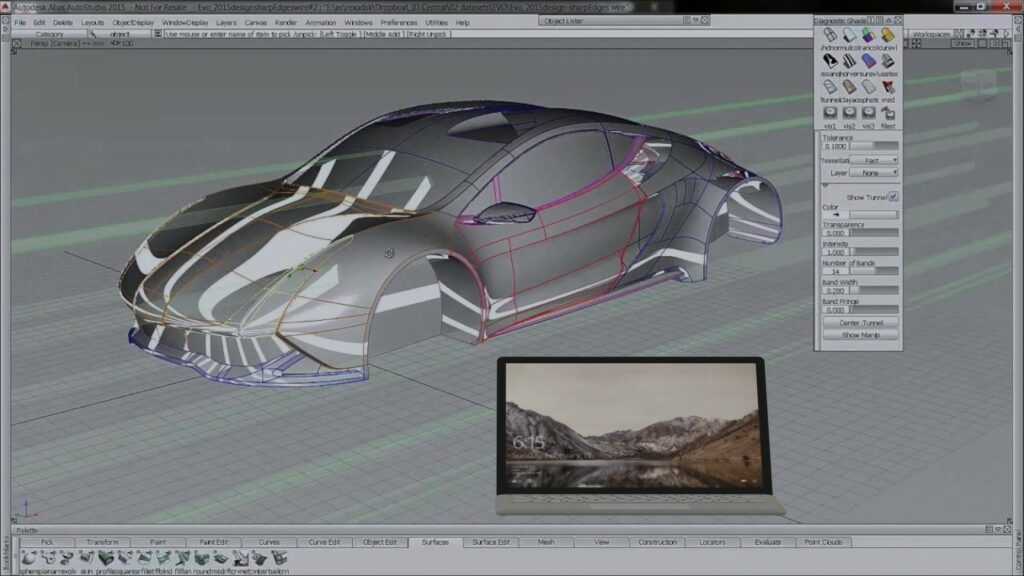
Tulfa: Leading the way in 3D eCommerce
At Tulfa, we understand the importance of incorporating 3D technology into e-commerce strategies to provide customers with an immersive and informative shopping experience. With consumers showing a growing interest in the use of 3D models and AR technologies in retail, retailers who have already begun to implement these technologies have seen a significant increase in revenue.
Our company offers a wide range of services, including 3D modeling services, augmented reality services, 360-degree photography services, 3D product photography services and more, to help retailers take advantage of this trend. We specialize in creating optimized 3D models that perform seamlessly on AR and web-based platforms. By leveraging our expertise, brands can not only stay ahead of the competition but also reach their target audience in a more effective and cost-efficient way.
If you’re looking to incorporate 3D technology into your e-commerce strategy, Tulfa is here to help. Contact us at hello@tulfa.com today to learn more about how we can help you create compelling, optimized 3D models that will enhance the customer experience and drive sales.

